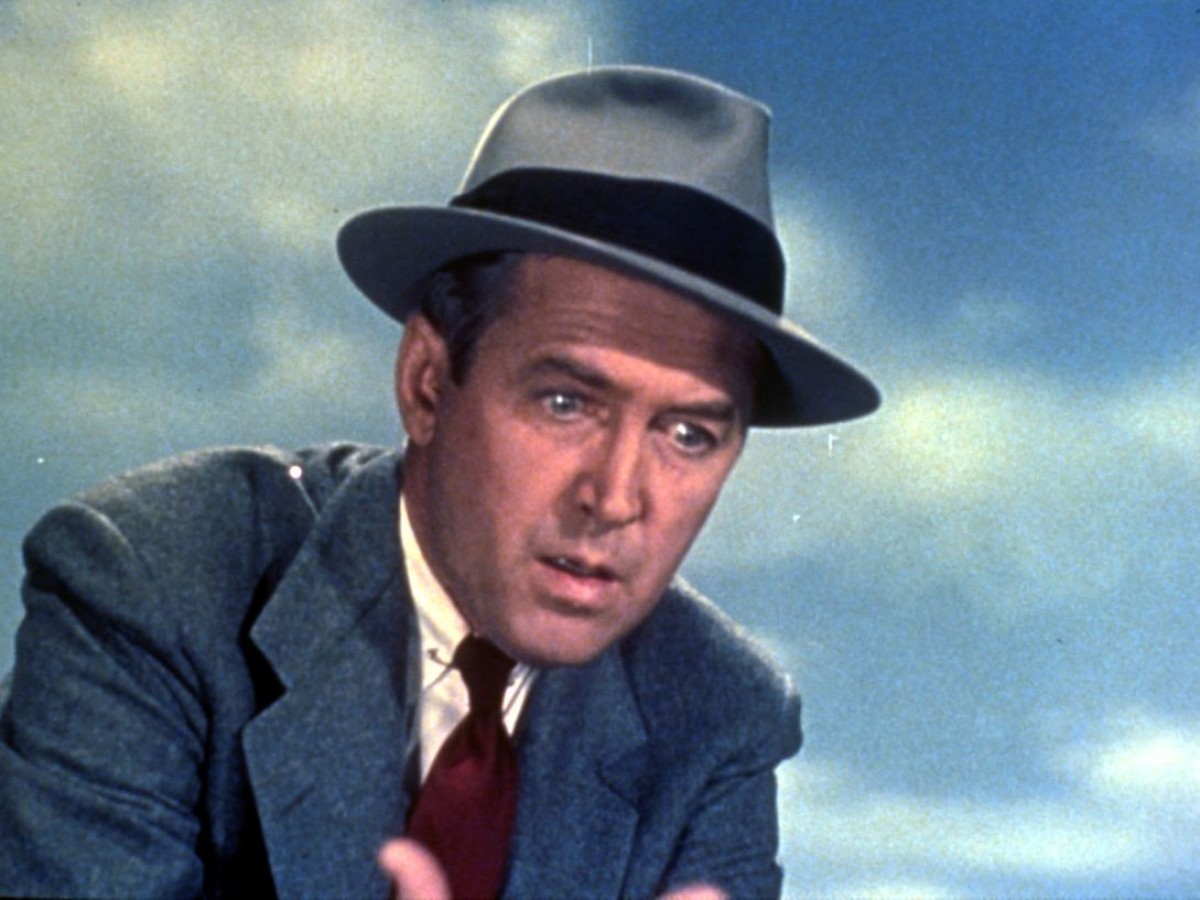Alfred Hitchcock
The Complete Works Part 2
January 5 to February 4, 2008
The second part of the Film Museum's retrospective presents Alfred Hitchcock's oeuvre since 1948. It was in that year that the director made the switch to color film and to independent production. Rope, the first film he produced himself, is an almost experimental study about crime and guilt, shot in 10-minute sequences without a cut. Neither Rope nor the following film – the powerful melodrama Under Capricorn, starring Ingrid Bergman – were box office hits, but the artistic autonomy which Hitchcock had given proof of in these two works was something he never again relinquished.
After Strangers on a Train (1951) and Rear Window (1954) his name had become a trademark. Yet in contrast to other labels of the culture industry, the "Alfred Hitchcock" seal of quality was not limited to a few memorable, easily recognizable elements, such as suspense, black humor and a plethora of technical-visual gimmicks. Beyond this justifiably acclaimed surface of his work, an inexhaustible cosmos becomes manifest, a practical cine-philosophy so rich that it still produces a steady stream of interpretations, speculations and research topics. Hitchcock's "success" in the humanities and his influence on other artists easily equal the degree to which his films continue to affect the wider audience. No other Hollywood director has inspired anywhere near as many (non filmic) works of art, museum exhibitions, congresses and academic careers as did Hitchcock.
Hitchcock’s obsession with style, with visual and emotional control, may be read as a way to come to grips with the jungle of "inner" obsessions – to transform it into cool craftsmanship. This refers less to the inner world of the author (such as his predilection for motives like the transference of guilt and repressed sexuality, in which his Catholic upbringing reverberates), than to the "inner" workings of the medium itself: Hitchcock's impressive mise-en-scène of voyeurism, fetishism and Oedipal constellations takes us straight to the heart of classic Hollywood narrative cinema.
Among the absolute highlights in Hitchcock's late oeuvre are little-known films such as his unsettling semi-noir The Wrong Man (1956) or erstwhile "flops" like Marnie (1964), whose radical artificiality seems much more impressive today. Nevertheless, those of Hitchcock’s works which were big commercial successes when they came out continue to have the strongest hold on the popular imagination: To Catch a Thief (1955), The Man Who Knew Too Much (1956), North by Northwest (1959), Psycho (1960) and The Birds (1963). One film stands out from the rest: misunderstood at the time of its release, Vertigo (1958) is venerated today as one of the most influential films ever – a strangely compelling and endlessly fascinating encyclopedia of cinematic perversions.
An aspect that is frequently ignored in the cinephile enthusiasm for Hitchcock is his work for television. The series "Alfred Hitchcock Presents" was one of the main reasons for his global fame. It was also a terrain where he showed as much delight in experimentation and innovation as in the cinema. The total of 20 filmic "novellas" that he directed for television between 1955 and 1962 offer some of the best experiences one can have with this medium. It also had a profound influence on Hitchcock’s theatrical work: the aesthetic, the production methods and the massive success of his horror masterpiece Psycho would be unthinkable without his TV background in the late 1950s.
The show takes place in close cooperation with the BFI National Archive. Part 2 contains all of Hitchcock’s theatrical and television works from 1948 on, as well as numerous exceptional documentaries about the director. A series of artists’ films based on his work will also be shown.
On January 16, Michael Hofstätter of PAUHOF Architects will give a lecture on Hitchcock's spaces; PAUHOF recently designed a "Hitchcock/Architecture” exhibition in Ghent (Belgium) callled "The Wrong House". On January 24, esteemed British film theorist Laura Mulvey will give a lecture entitled "Rereading the uncanny: automata, the cinema and Hitchcock's female stars”. The Hitchcock installation "Phoenix Tapes" by Christoph Girardet & Matthias Müller can be seen at the Freud Museum until the end of the Retrospective.


